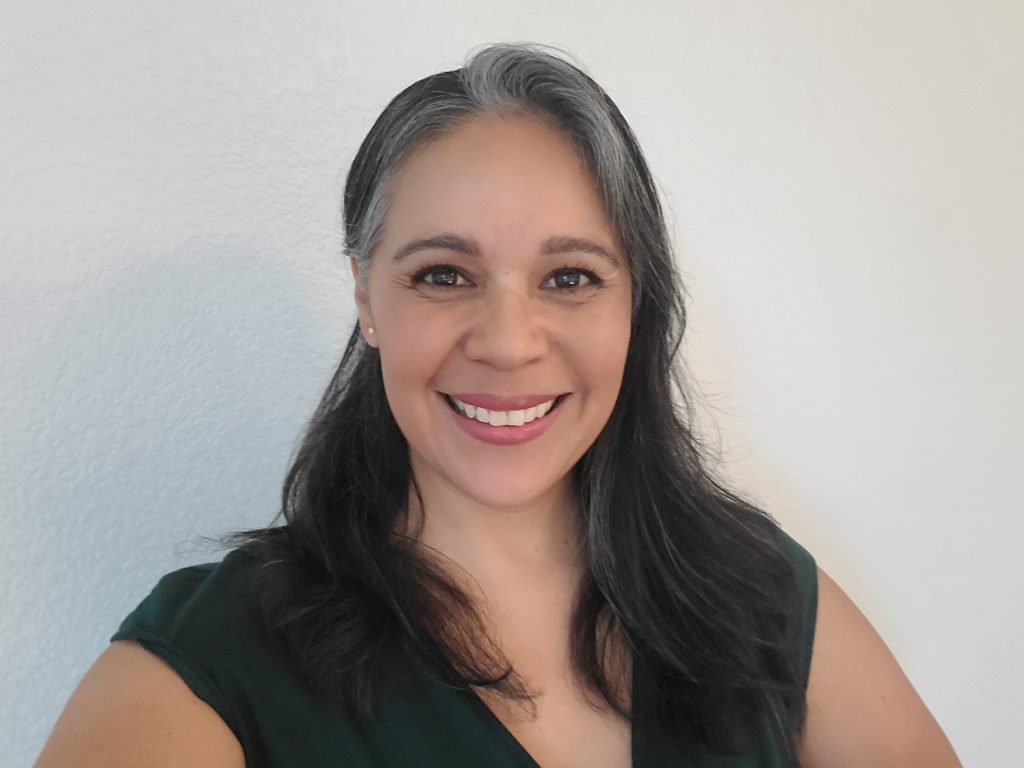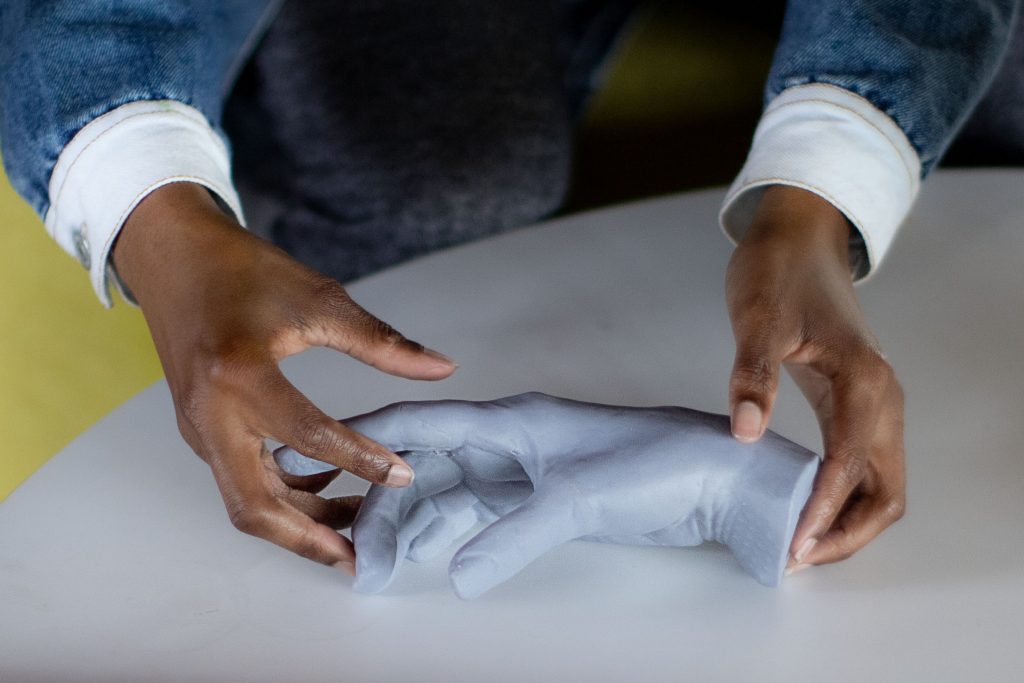To ensure gift delivery by 12/25, please place orders via UPS shipping no later than 12/17.
CloseCelebrating Global Accessibility Awareness Day with APH’s Danielle Burton

Celebrated annually on the third Thursday of May, Global Accessibility Awareness Day (GAAD) recognizes digital access and inclusion for those with multiple disabilities. While some might think of accessibility as only physical or digital, accessibility encompasses several aspects of both the physical and digital world, aiming to ensure that all spaces are accessible for those with various disabilities.
Danielle Burton, Communications Accessibility Editor at the American Printing House for the Blind (APH), says she would encourage people who are new to accessibility to think of it as something that should be part of the initial design of every project, rather than something you add at the end. “It’s a lot easier if you build it in to begin with—it’s very hard to remediate accessibility after you launch a product or website,” says Danielle.
As a DeafBlind person, Danielle says she’s primarily a tactile user and relies on braille as the primary means of accessing the digital world. “Things are a lot harder to navigate via braille, so this is where usability comes into play, designing things to be intuitive and simple.” According to her, there is no one aspect of accessibility that’s more important than another because there are so many aspects to it, “accessibility is provided through the senses.”
Using the acronym POUR, the core needs for accessibility are described in four main principles that are part of the Web Content Accessibility Guidelines. Something that is accessible must be perceivable, visually, audibly, or tactilely. Second, it must be operable via a mouse, keyboard, or some other input device. Third, it must be understandable, meaning don’t use big words a wide audience wouldn’t recognize. Lastly, it must be robust, ensuring that there’s forward and backward support for older browsers, future proofing, etc.
In her current role, Danielle ensures that all internal and external documents used internally by employees, customers, and other stakeholders, are accessible. Prior to working at APH, Danielle worked at the American Foundation for the Blind (AFB) as an apprentice in digital accessibility where she assisted in testing several client websites.
Danielle uses two different screen readers, JAWS and NVDA, noting that she prefers manual testing over using automated tools unless she’s working on a large website, “…in which case an automated tool would be more efficient.” Following a checklist, the first thing she looks for is keyboard accessibility, checking to see if she can navigate the webpage or document using keys on the keyboard, such as the command, arrow, and tab keys. After that, she verifies that the fonts are big enough and whether the headings are consistent and adequate. Next, she will check to see if there are images in the file or on the web page, making sure that the appropriate alt text exists and is correct for each one. Lastly, she makes sure she can edit the form fields, and ensures that links in the document or page have meaningful labels and open to the correct pages.
When asked what protocol she would implement to ensure that accessibility is part of each project, Danielle says she would “Always have an accessibility subject matter expert on the team to provide guidance as they’re mocking up designs. Once the product gets to the QA phase be sure you have someone on the team testing not only for software bugs, but accessibility, as well.” If it were up to her, there would be an entire team devoted to accessibility. “Usually, the most common accessibility errors are the most easily fixed,” says Danielle. “Typically, I find links or buttons not clearly labeled, missing alt text, incorrect heading level navigation, etc.”
Improvements in accessibility have opened the doors for greater access in the future. “Great things are happening with artificial intelligence (AI) for those that have disabilities,” says Danielle. Paving the way for her to go to college and get an education, accessibility has helped provide Danielle with job opportunities and simplified her life. “Now, I can order groceries which is much less stressful than shopping with an assistant,” says Danielle. “Accessible technology has really allowed more individuals with disabilities to become more self-sufficient.”
In her free time, Danielle enjoys swimming, rowing, and indoor climbing, among many other hobbies. Using her remote microphone connected to her hearing aids allows her to communicate with the person belaying her, ensuring that she doesn’t get stuck on the wall. Although she enjoyed climbing before, she says that piece of access technology has made indoor climbing “much more engaging and fun.”
Celebrate with us and learn more about Global Accessibility Awareness Day!
Share this article.
Related articles

Meet APH Scholar Patricia Gallardo
Meet APH Scholar Patricia Gallardo Patricia Gallardo joined the Child Development program at Braille Institute in 2018, and in 2022...

Designed to Include: The Dot Experience Begins with Accessibility
Every aspect of The Dot Experience, from the elevator shaft to the carpeting is being carefully planned, built, and tested...

Honoring Our Influencers: From Goalball to Life Goals
As The Dot Experience continues to develop, the Influencer Campaign has provided individuals with the opportunity to share authentic stories...
